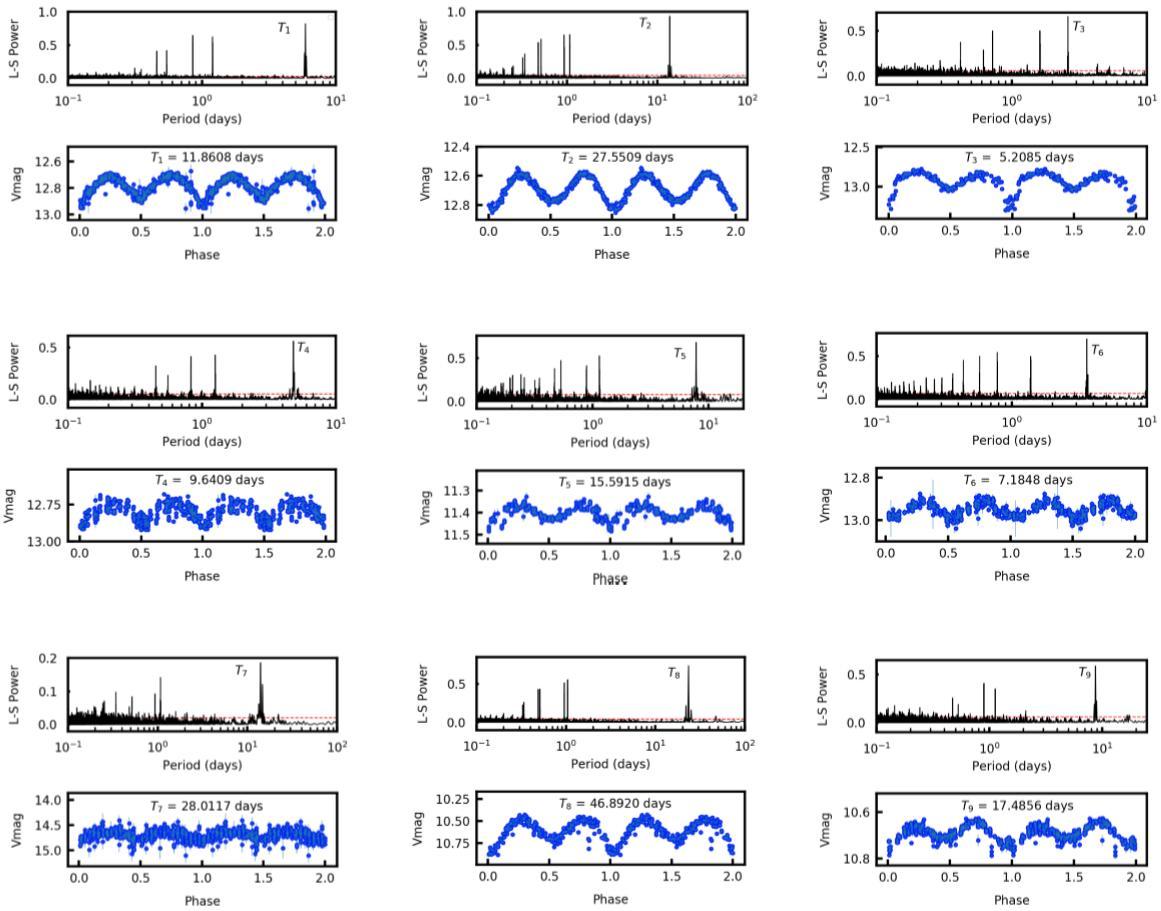ABSTRACT:Most dynamically confirmed stellar-mass black holes and the candidates were originally selected from X-ray outbursts. In the present work, we search for black hole candidates in the LAMOST survey by using the spectra along with photometry from the ASAS-SN survey, where the orbital period of the binary may be revealed by the periodic light curve, such as the ellipsoidal modulation type. Our sample consists of 9 binaries, where each source contains a giant star with large radial velocity variation (∆V_R > 70 km/s) and periods known from light curves. We focus on the 9 sources with long periods (Tph > 5 days) and evaluate the mass M2 of the optically invisible companion. Since the observed ∆V_R from only a few repeating spectroscopic observations is a lower limit of the real amplitude, the real mass M2 can be significantly higher than the current evaluation. It is likely an efficient method to place constraints on M2 by combining ∆V_R from LAMOST and Tph from ASAS-SN, particularly by the ongoing LAMOST Medium Resolution Survey.

Authors:Ling-Lin Zheng, Wei-Min Gu, Tuan Yi, Jin-Bo Fu, Hui-Jun Mu, Fan Yang, Song Wang, Zhong-Rui Bai, Hao Sou, Yu Bai, Yi-Ze Dong, Hao-Tong Zhang, Ya-Juan Lei, Junfeng Wang, Jianfeng Wu, and Jifeng Liu